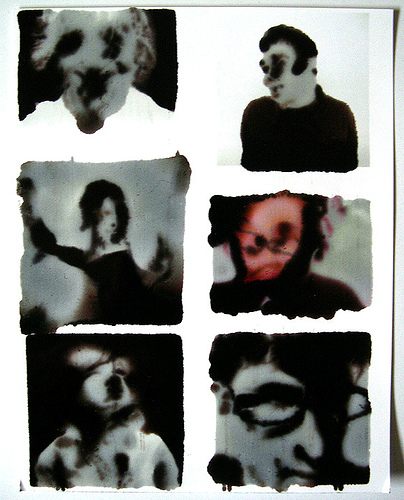MAKE Blog write:
DIY:Happy has a good round up of ways to do solvent transfers… – "Doing a solvent transfer is probably the quickest, easiest way to get an image onto a T-Shirt, Moleskine, or other surface. Like screen printing, the image is applied directly the surface. Unlike screen printing, this can be done quickly, cheaply, and without an extra equipment."
Read roundup at DIY:Happy
